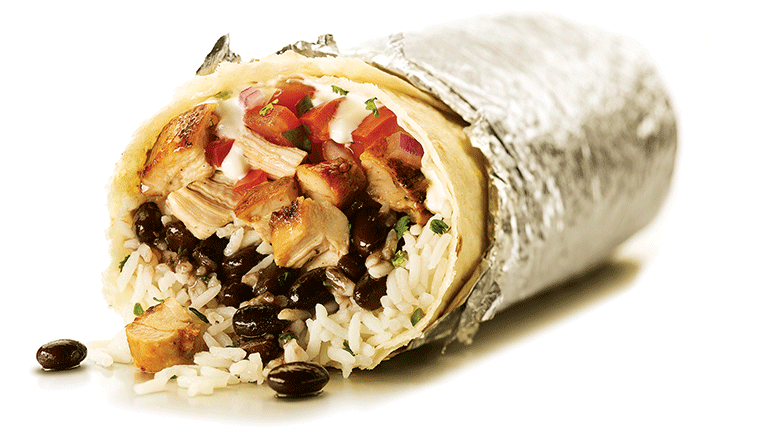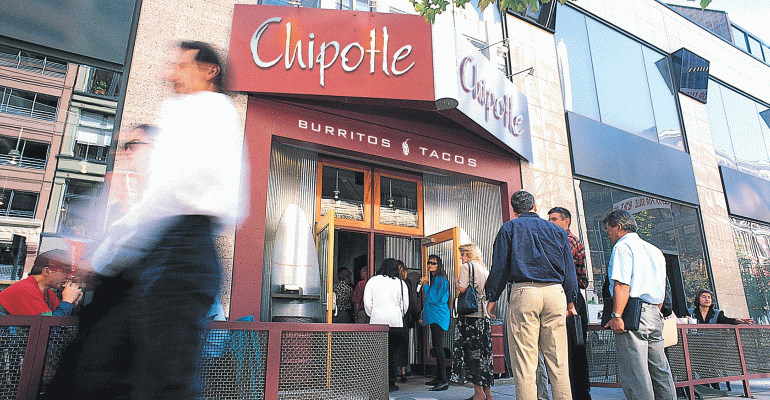Michelle Greenwald is a marketing professor at Columbia Business School. This article does not necessarily reflect the opinions of the editors or management of Nation’s Restaurant News.
Chipotle Mexican Grill was once a force to be reckoned with.
Customers everywhere sacrificed their wallets and waistlines to get a bite of Chipotle’s fresh take on fast food. But in the past 18 months, the chain has been dogged by a food safety scandal, followed by a steady market decline.
Chipotle now finds itself hoping for a comeback in a segment where it was once considered a leader. Same-store sales rose 15 percent in the fourth quarter, as well as a predicted 10-percent rise in 2017.
New chains, like Cava Grill, Sweetgreen and Tender Greens, are fast on Chipotle’s heels. These competitors mirrored Chipotle’s customized, fast-casual model with great success, and are gaining popularity. For instance, Cava Grill recently raised $60 million to expand in the Northeast and across the U.S., and it opened its first New York City location last year.
So, can Chipotle recover? Here is some fresh advice for the chain to regain its popular image:
Mix up the menu
What was once an innovative menu currently lacks a fresh approach when compared with new competitors. Years ago, Chipotle introduced its signature burritos and “create your own” fast-casual concept to an audience that might not typically find fresh Mexican food on every corner. This model perfectly catered to consumers who like comfort, but also have a more sophisticated palate. Customization was a key component, and competitors are now expanding their menu options. That’s opposed to Chipotle, which has rarely branched out from its original menu. New salads, vegetables and even unique drink and dessert offerings could go a long way.

Photo: Michael Lamotte
Surprise consumers
Chipotle has always believed that consumers will pay more for fresh, local and high-quality ingredients. However, with new so many new, rapidly growing competitors debuting, the company might consider additional avenues to deliver the freshness.
Chipotle needs to find a way to surprise customers who believe the brand is getting a little dull and too predictable. The company might consider introducing new distribution formats to gain consumer attention. For example, food ATMs and pop-up restaurants could be a good way to garner attention and lure customers back. Even the introduction of food trucks could have a strong impact to serve customers.
Don’t abandon fresh ingredients
One of the easiest fixes when dealing with food safety issues is to change suppliers or ingredients. Some have even argued that with all of Chipotle’s food safety problems, it should integrate frozen ingredients to avoid the dangers that come with transporting fresh foods.
But to do so would go against Chipotle’s core concept. Chipotle has built its brand on offering fresh, never artificial ingredients, and to abandon that identity would show Chipotle walking away from its ethical standards and what it is known for.
If Chipotle wants to emerge out of the rubble in the highly competitive restaurant industry, it needs to adapt and update its current model, without losing sense of what made it so popular from the start.
The bottom line: By providing new and innovative options, and keeping true to what made customers loyal in the first place — fresh ingredients — Chipotle may be able to chip its way back to the top.
 Michelle Greenwald is a marketing professor at Columbia Business School, a guest lecturer at international business schools and CEO of Inventours, which provides innovation programs for global executives. She is a graduate of the University of Pennsylvania and the Kellogg Graduate School of Management at Northwestern.
Michelle Greenwald is a marketing professor at Columbia Business School, a guest lecturer at international business schools and CEO of Inventours, which provides innovation programs for global executives. She is a graduate of the University of Pennsylvania and the Kellogg Graduate School of Management at Northwestern.





